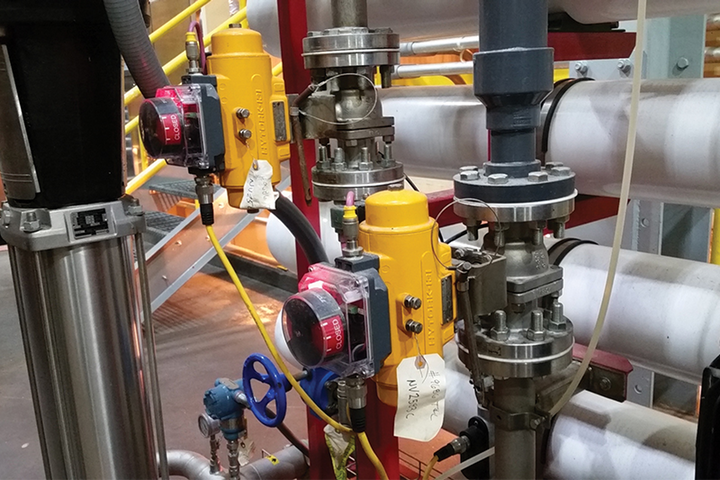

At the end of this seminar participants will have: * An understanding of different parameters affecting the operation of valves * The ability to select the right valve for the particular application * The ability to perform the necessary calculation for valve sizing * An understanding of the problems associated with valves like flashing, slamming and water hammer * The ability to perform troubleshooting of systems involving valves * The ability to decide on the right maintenance plan concerning different types of valves
Engineers and technicians of mechanical, electrical and chemical engineering will benefit largely from this seminar. Maintenance, operation, and people R and D department are recommended to attend this course.
Day 1
Basics of the Valve Technology
Valves Technology
Types of Valves
Valves Characteristics
Day 2
Manual vs. Automatic Valves
Manual Valves
Functions of Manual Valves
Methods of Regulation
Valve and Connections
Valves Rating
Valves Seating
Check Valves
Applications
Check Valves Operation
Selection of Check Valves
Day 3
Relief and Safety Valves: Function and Operation
Relief and Safety Valves
Valve Loading
Safety Valves
Operation of Rupture Discs
Day 4
Valves Troubleshooting
Valves Problem, and Troubleshooting
High Pressure Drop
Flashing vs. Cavitation
Flow Choking
High Velocities
Surge Protection
Check Valve Slamming
Noise Problems
Clean Air Standards
Life Loading
Packing for Fugitive-emission Control
Troubleshooting and Control Valves
Control Valves and Actuators
Control Valves Types
Linear Valve Features
Rotary Valve Features
Actuation Systems
Actuator Performance
Valve Positioner
Operation of Positioners
Day 5
Valve Sizing and Selection
Valve-sizing Criteria for Manual Valves
Valve-sizing criteria for Check Valves
Valve-sizing Criteria for Throttling Valves
Incipient and Advanced Cavitation
Terminal Pressure Drop Ratio
Percent of Flashing
Pressure Recovery Coefficient
Valve Sizing & Selection Procedure
Selecting a Valve Type
Different Valves Characteristics
Examples
CDGA attendance certificate will be issued to all attendees completing minimum of 80% of the total course duration.
| Code | Date | Venue | Fees | Register |
|---|---|---|---|---|
| ME155-01 | 01-02-2026 | Muscat | USD 5450 | |
| ME155-02 | 18-05-2026 | Rome | USD 6950 | |
| ME155-03 | 16-08-2026 | Dubai | USD 5450 | |
| ME155-04 | 08-11-2026 | Amman | USD 5450 |
Providing services with a high quality that are satisfying the requirements
Appling the specifications and legalizations to ensure the quality of service.
Best utilization of resources for continually improving the business activities.
CDGA keen to selects highly technical instructors based on professional field experience
Since CDGA was established, it considered a training partner for world class oil & gas institution
3012, Block 3, 30 Euro Business Park, Little Island, Co. Cork, T45 V220, Ireland
Mon to Fri 09:00 AM to 06:00 PM
Contact Us anytime!
Request Info